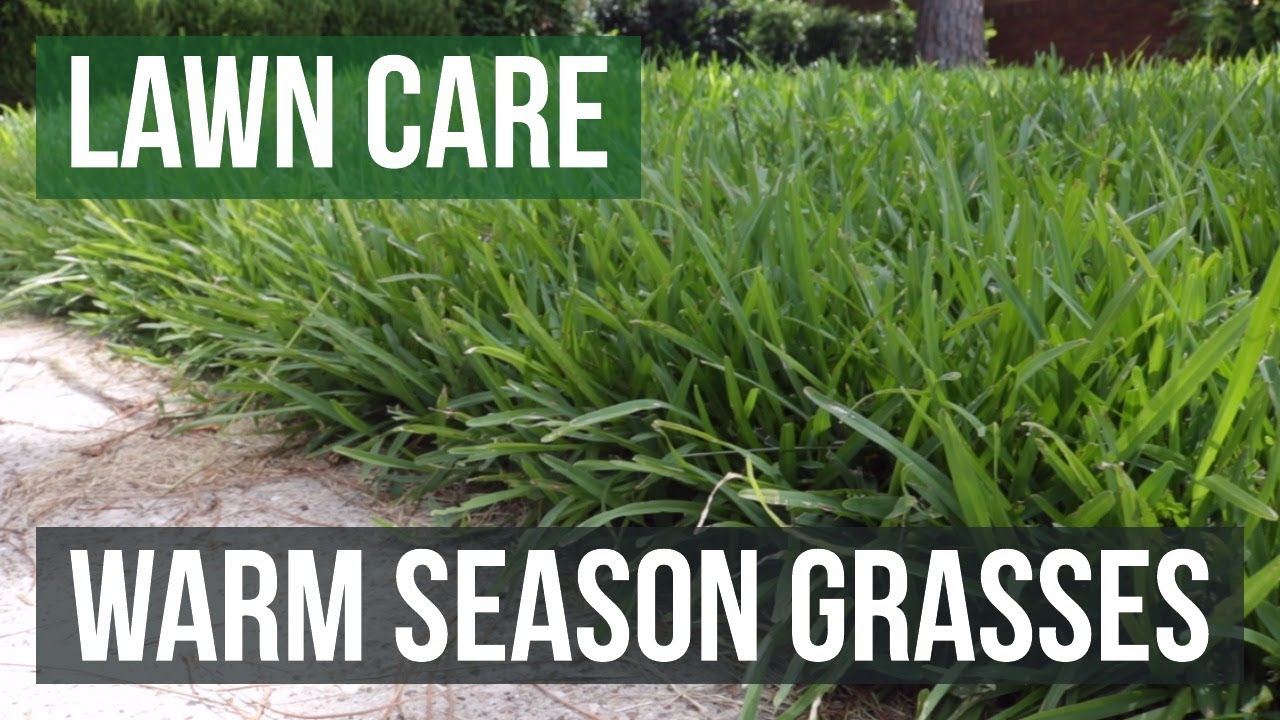A good lawn care program will go year-round and while it’s important to consider your cultural practices, herbicides, and fertilizers, there’s one element that usually goes overlooked: Your grass type. Grasses are generally separated into either warm or cool season grasses, but what exactly does that mean? In this video, we’ll briefly go over warm season grasses and what that means for your lawn care program. Hi, I’m Colin with Solutions Pest and Lawn. If you’re new to us, we create these videos to help educate people like you about DIY pest control.
For an in-depth lawn care guide and professional lawn care products, click the card the top right of the screen or the links in the description below. If you live in the Southern United States, then you’re more than familiar with the hot and sometimes humid summers. Warm season grasses are those that can withstand the extreme heat of summer.
These are grass are more tropical and thrive in high temperatures. They will usually grow thick, providing dense lawn cover.
Generally, these grasses stay green throughout the year, only going brown during the cooler months. Some of the most common warm season grasses are Saint Augustine grass, Bermuda grass, Centipede grass, and Zoysia grass. If you live in the Deep South, you’re likely to have some of these grasses. There is also what we call a transition area that sees climates that are not as cool as Northern states, but also not as hot as Southern states. This transition area can see both warm and cool season grasses.
So if you’re in this area, then your lawn can benefit from both warm and cool season lawn maintenance. No matter your grass type, you’ll eventually see weed growth. Some of the most common weeds that you’ll see in warm season grasses are crabgrass, clover, dandelion, dollarweed, and spurge. These and other weeds can be prevented with good cultural practices, fertilizers, and herbicides.

This is why knowing your grass type is crucial to your lawn care program.
There are many different herbicides and fertilizers with different formulations and active ingredients specific for certain grass and weed types. So when you’re picking out herbicides and fertilizers, always read the label to make sure that your grass type and targeted weed is listed. We suggest starting with products with a broad label such as Dithiopyr 40 WSB pre-emergent herbicide or TopShot post-emergent herbicide, or our Fall Grow or Pro Grow fertilizers. Year-round lawn maintenance can be overwhelming, but it doesn’t have to be with expert help from Solutions Pest and Lawn. Visit our website for an in-depth lawn care guide and access to professional-grade products.
We one hundred percent guarantee our products, and we offer same day shipping so you can get started right away. Solutions is a small family owned business, and we rely on referrals from customers like you. So if you liked this video, please share and tell your friends and family about us. And don’t hesitate to give us a call or shoot us an email. I’m Colin with Solutions Pest and Lawn.
Ask us how, then do it yourself..

